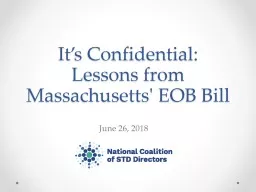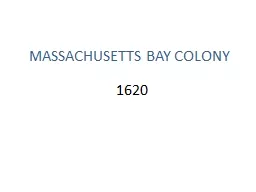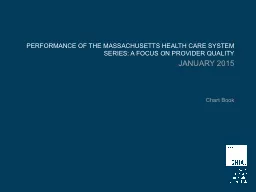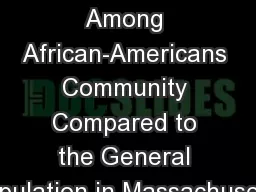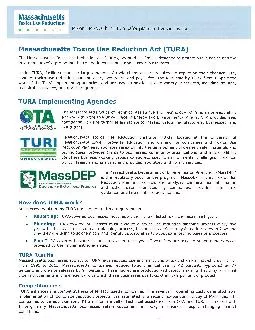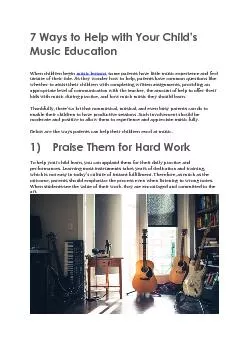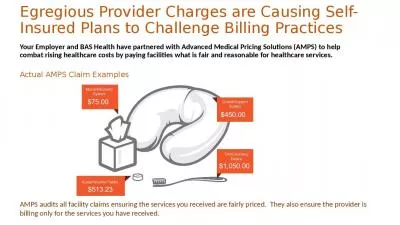PPT-It’s Confidential: Lessons from Massachusetts' EOB Bill
Author : stefany-barnette | Published Date : 2018-11-06
June 26 2018 Logistics Objectives Participants will be able to Describe the process Massachusetts took to implementing the PATCH bill Identify steps for implementing
Presentation Embed Code
Download Presentation
Download Presentation The PPT/PDF document "It’s Confidential: Lessons from Massa..." is the property of its rightful owner. Permission is granted to download and print the materials on this website for personal, non-commercial use only, and to display it on your personal computer provided you do not modify the materials and that you retain all copyright notices contained in the materials. By downloading content from our website, you accept the terms of this agreement.
It’s Confidential: Lessons from Massachusetts' EOB Bill: Transcript
Download Rules Of Document
"It’s Confidential: Lessons from Massachusetts' EOB Bill"The content belongs to its owner. You may download and print it for personal use, without modification, and keep all copyright notices. By downloading, you agree to these terms.
Related Documents

